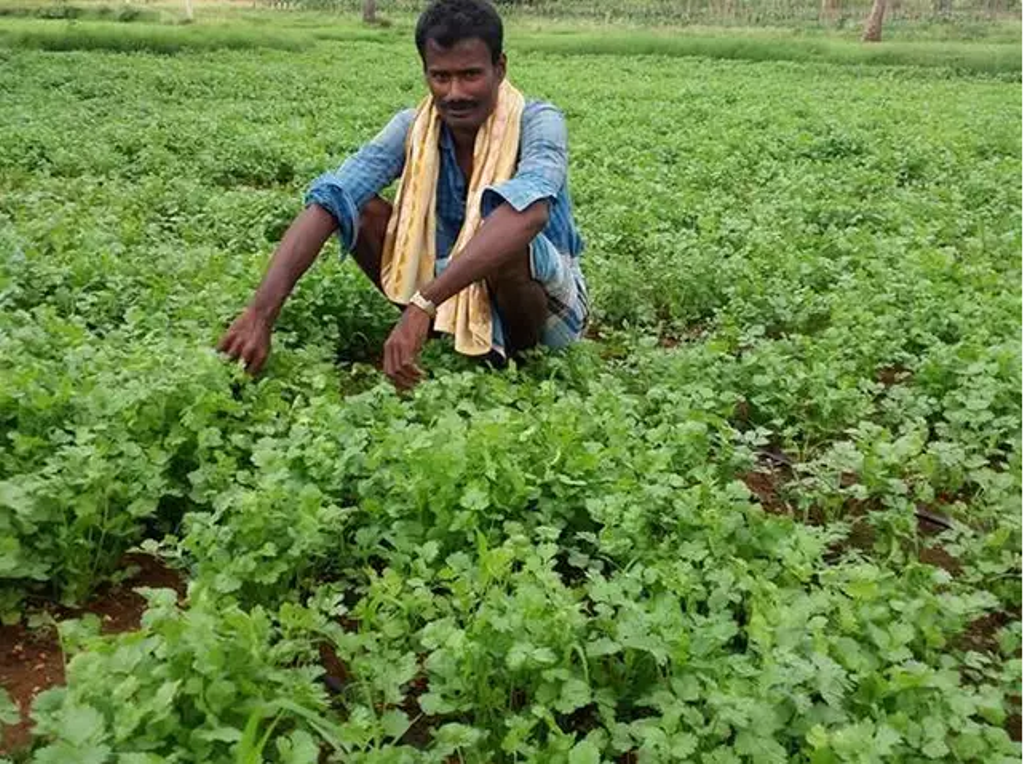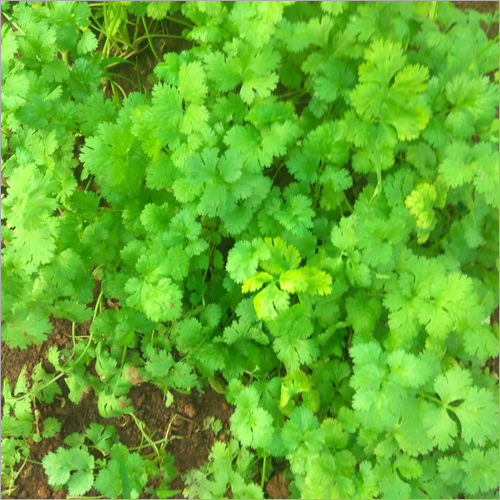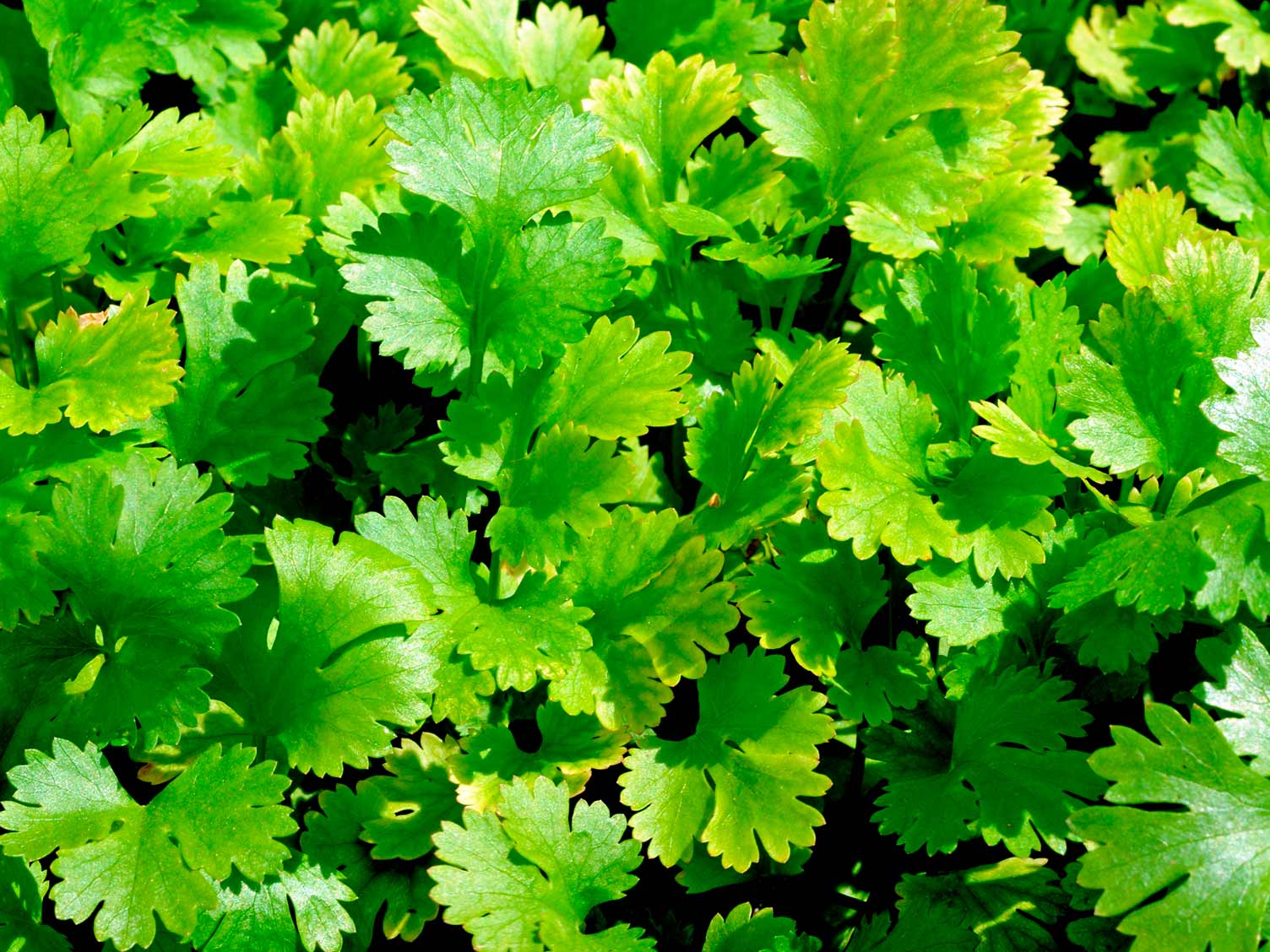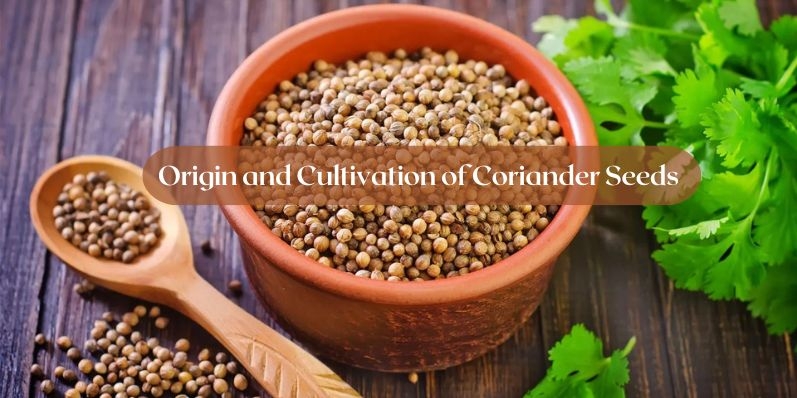Coriander Leaves Cultivation In Karnataka

Karnataka farmers face a critical juncture as coriander leaf cultivation grapples with fluctuating market prices and unpredictable weather patterns, directly impacting livelihoods and regional supply.
This article dissects the current state of coriander leaf farming in Karnataka, highlighting key challenges and potential strategies for navigating this volatile landscape.
Cultivation Zones and Seasons
Key coriander leaf growing regions in Karnataka include districts like Chitradurga, Davanagere, and Kolar. These areas traditionally benefit from the state's diverse agro-climatic zones, facilitating multiple cropping seasons.
The ideal sowing periods generally span from July to August for the kharif season and October to November for the rabi season. However, recent shifts in rainfall patterns are disrupting these schedules.
Market Dynamics and Price Volatility
Coriander leaf prices are notoriously susceptible to market fluctuations, dictated by factors like supply-demand dynamics and seasonal availability. Gluts during peak harvest periods can plummet prices, leaving farmers with minimal returns.
According to recent reports from the Karnataka State Agricultural Marketing Board (KSAMB), wholesale prices for coriander leaves have fluctuated between ₹10 to ₹40 per kg in the past month, depending on the market.
This instability poses a significant risk, particularly for small-scale farmers who rely on coriander leaf cultivation as their primary source of income.
Weather-Related Challenges
Unpredictable rainfall patterns are severely affecting coriander leaf yields. Erratic monsoons and prolonged dry spells contribute to crop failures and reduced productivity.
Excessive rainfall can lead to fungal diseases and waterlogging, while droughts stunt growth and increase irrigation costs. Farmers are struggling to adapt to these increasingly extreme conditions.
Government Initiatives and Support
The Karnataka government offers various schemes to support farmers, including subsidies for seeds, fertilizers, and irrigation equipment. However, awareness and accessibility of these programs remain a challenge.
The Department of Horticulture is promoting the adoption of improved farming practices, such as drip irrigation and integrated pest management, to enhance productivity and reduce losses.
"We are committed to providing farmers with the necessary resources and training to overcome these challenges and ensure sustainable coriander leaf production," stated a senior official from the Department of Horticulture.
Technological Interventions and Future Outlook
The adoption of technology, such as precision farming techniques and weather forecasting tools, is crucial for mitigating risks and improving efficiency. Some farmers are exploring the use of greenhouse cultivation to ensure year-round production.
KSAMB is also working on strengthening market linkages and promoting value addition to reduce post-harvest losses and improve price realization for farmers. These initiatives include setting up collection centers and processing units.
Efforts are underway to develop climate-resilient varieties of coriander leaves that can withstand adverse weather conditions and disease pressures. Research institutions are collaborating with farmers to identify and propagate suitable cultivars.
Immediate Actions and Ongoing Developments
The immediate focus is on providing timely weather advisories and promoting water conservation techniques to minimize the impact of unpredictable rainfall. Farmers are urged to adopt crop insurance schemes to mitigate financial losses due to crop failures.
The Karnataka government is assessing the extent of crop damage caused by recent weather events and considering additional relief measures for affected farmers. Further announcements are expected in the coming weeks.


















